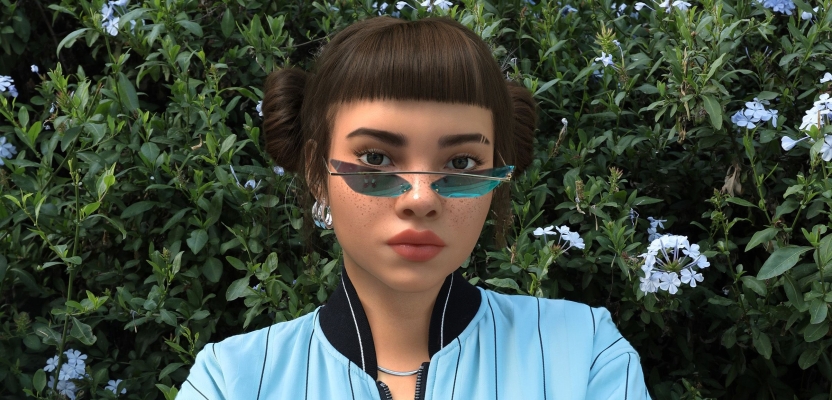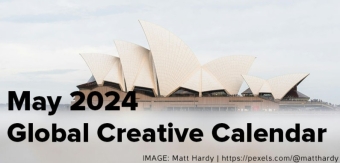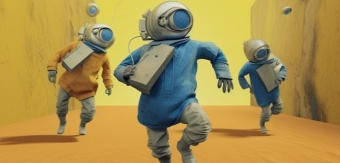As the topic of Artificial Intelligence (AI) has taken over discussions from Parliament to Cannes Lions and beyond, industries across the world have begun to implement the technology into both their everyday processes and future plans.
The greatest take up of AI so far has been within marketing, but the full extent of the disruption this fast-evolving technology may have specifically on influencer marketing is yet to be fully seen. Across industries, such as journalism and entertainment, generative AI is being seen as a potential threat to jobs where human content creation can be replaced by generative AI.
The focus on content creation within the influencer marketing space inevitably means that brands may be tempted to save time and budget via automation technology in the near future.
As brands move towards using generative AI software to streamline customer-facing communications like messaging development, there are risks to consider, from the legal to the reputational. As brands experiment with generative AI, caution is urged to balance the benefits with the potential downfalls of this technology.
So, what are the risks brands need to be conscious of and how could generative AI enhance or harm influencer marketing campaigns? Sarah Penny, Content and Research Director at Influencer Intelligence, thinks she has the answers.
Could generative AI disrupt the influencer industry?

Generative AI (GAI) technologies like Midjourney and Dall-E, which have the capacity to generate imagery based on briefs fed in by users, are becoming familiar territory on social media. Creators now face competing with generative AI, which can produce imagery at speed and volume, which is aiding AI influencers to compete quickly for visibility within platform algorithms and grow significant followings overnight.
So far, the most common use of AI programs within the marketing industry has been as a workflow tool, with platforms such as ChatGPT being used to generate copy at speed. Used correctly as a framework that is then combined with editing and layering from a human to ensure the generated copy is accurate, ethical and is on-brand, this should be viewed as an opportunity for brands looking to integrate GAI software into their ways of working.
When it comes to influencer marketing specifically, it is even more critical that if brands and influencers adopt generative AI to aid content creation, thorough editing and personalisation is added carefully.
If not, content could lack originality and personalisation, which is what drives the success of influencer marketing, leading to poor engagement if content doesn’t resonate with audiences whilst standing out from the crowd simultaneously.
Sitting at the heart of the success of influencer marketing is the trust and loyalty an influencer has built over time with their audience. It’s this trust audiences have in influencers that brands leverage to communicate their objectives via successful campaigns.
Will generative AI threaten the need for human influencer partnerships?
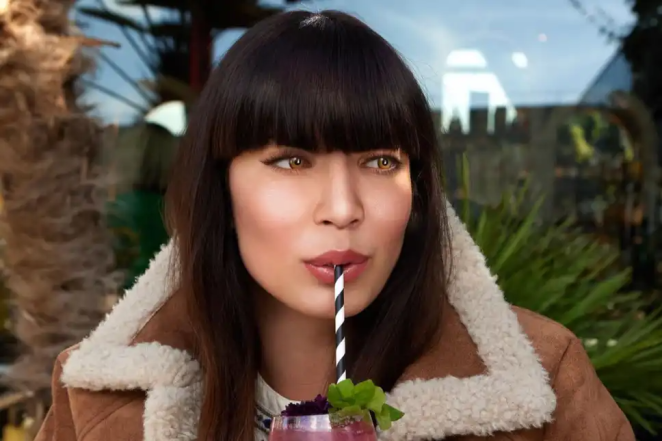
Virtual influencers and avatars created by specialist agencies or brands themselves have been increasingly experimented with over recent years. These are managed by brand representatives or an agency who generates the character’s content, all of which requires human involvement.
Whether these avatars use generative AI or not, virtual influencers cannot provide the same kind of relatable, independent, third-party endorsement as a real-life influencer, which has been reflected in how they are used.
Brands such as Marks & Spencer faced criticism for the lack of authenticity posed by its avatar, Mira, yet other brands such as Balmain have used the technique to greater success, targeting a younger demographic and across purposes such entering the metaverse.
Brand-owned avatars can only pedal a business’ messaging and those created by third parties for the purpose of brand collaborations cannot provide the same genuine peer-to-peer recommendation as a real person. If used by brands, these should therefore be considered as a separate marketing strand to influencer marketing.
Virtual influencers are contradictory to the core value of authenticity and so cannot replace the value that is provided by a seal of approval from a third party that makes influencer marketing so successful.
Take cosmetics brand NARS, who in 2022 created ‘meta-humans’ - virtual influencers which the brand dubbed as their ‘Power Players’ - to model their expansive range of lipstick shades. NARS developed a combined influencer marketing strategy with their avatar Power Players acting as digital spokespeople, alongside their ongoing influencer partnerships at in-person events, such as their recent Manchester-based masterclass event featuring Lidia Baylis-Zullo, and other promotional activity.
This strategy layered virtual and human influencers, offering an example of how a blended approach can build a varied portfolio of owned, earned and paid content while demonstrating technological agility and innovation.
It is likely that virtual influencers will evolve to utilise generative AI as the industry evolves, and the use of virtual influencers as part of a broader strategy potentially aligns best with those campaigns that have a virtual or AI element.
H&M recently collaborated with Kuki AI: an AI ‘brain’ designed to entertain humans through a live chatbox – a closer iteration of a ‘true’ virtual influencer. Promoting its Metaverse Design Collection in the US, a mix of virtual influencers alongside a campaign video achieved 11x higher ad recall in customers compared to the campaign video alone.
The legal and reputational risks of generative AI adoption
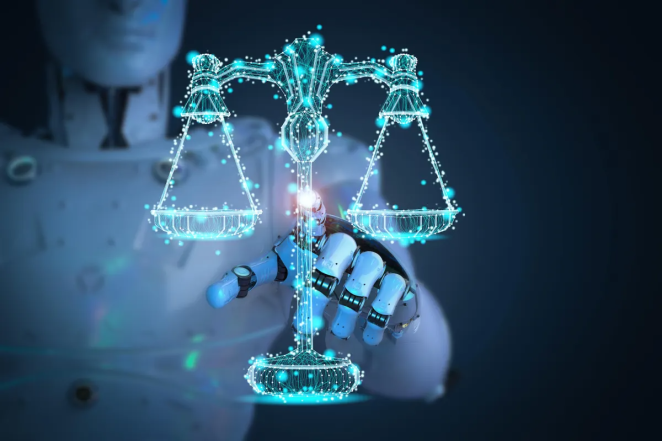
While implementing messaging generated by AI offers brands time and cost savings, removing the human element risks compromising a campaign’s authenticity, can damage reputation and audience engagement, as well as open brands up to legal risks. Gartner predicts that by 2024, at least a dozen businesses will come under fire in the media and legal proceedings for unethical use of automation in marketing campaigns.
As of yet, there are very few parameters or regulation for the use of AI so brands need a firm grasp of what the grey areas are and how they can mitigate risk. A real risk of GAI is that of intellectual property and copyright. Protecting influencers’ rights to their content and against their content being unlawfully repurposed will have to be at the forefront of AI regulation.
Generative art and music has already come under fire for using creators’ work or creating content in an artist’s style without permission, and creating unethical and unlawful content should be avoided at all costs.
Marketers should also adopt the same best practices for generative AI as those in place for advertising and influencer marketing currently around ethical practices for photo manipulation and copyright infringement protections.
Next steps and looking ahead

Authenticity has always been key to generating effective influencer partnerships, and will continue to be so as AI and virtual influencers become a more integrated part of workflows.
Going forward, GAI will certainly prove valuable for generating efficiencies, but the true value of influencer partnerships lies in trustworthy recommendations from brand-aligned individuals, and the transparency of which should be maintained and protected as legal regulations around AI continue to develop.
The humanity and trust via peer-to-peer recommendation is what makes the influencer economy as it stands so effective at delivering ROI for brands. Removing this from marketing strategies would put brands at risk of backlash and losing customer trust.
Transparency and authenticity are the bedrock of influencer marketing, both of which AI and virtual influencers put at risk if not adopted with caution. While these technological advances are exciting and have the potential to drive efficiencies, human connection remains at the heart of the practice and brands should hold this value close as generative AI is incorporated in their strategies.

